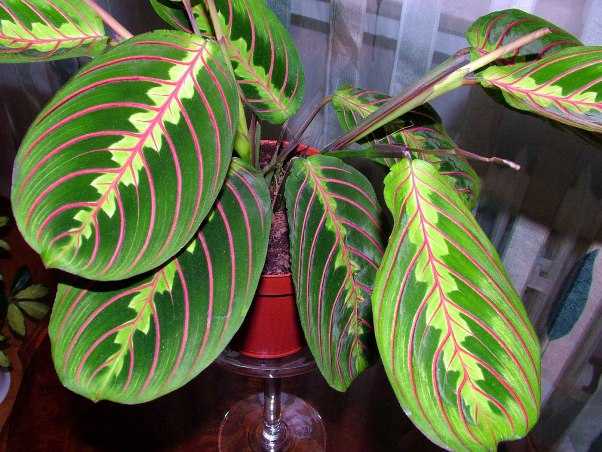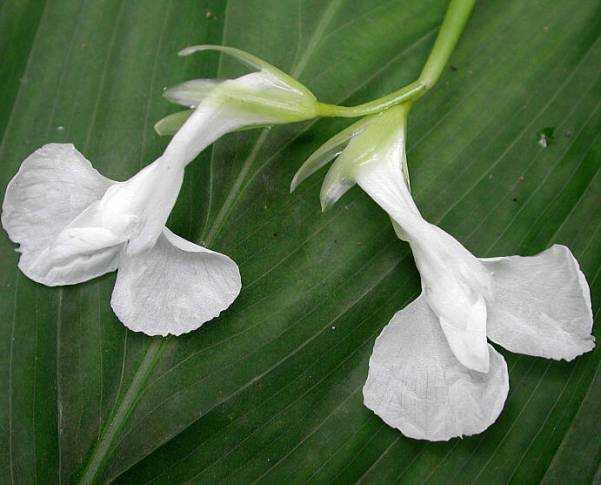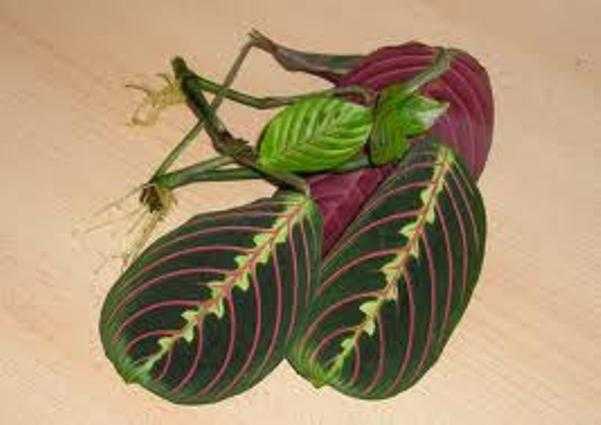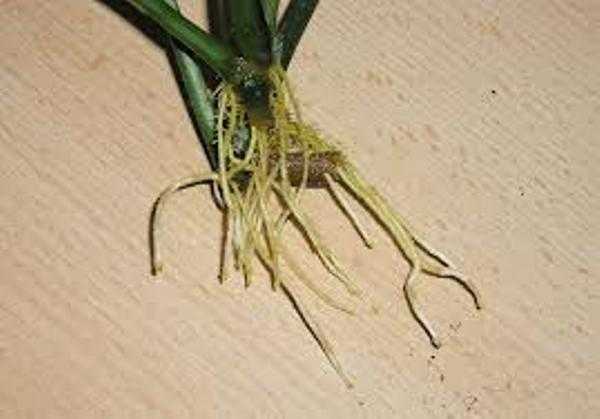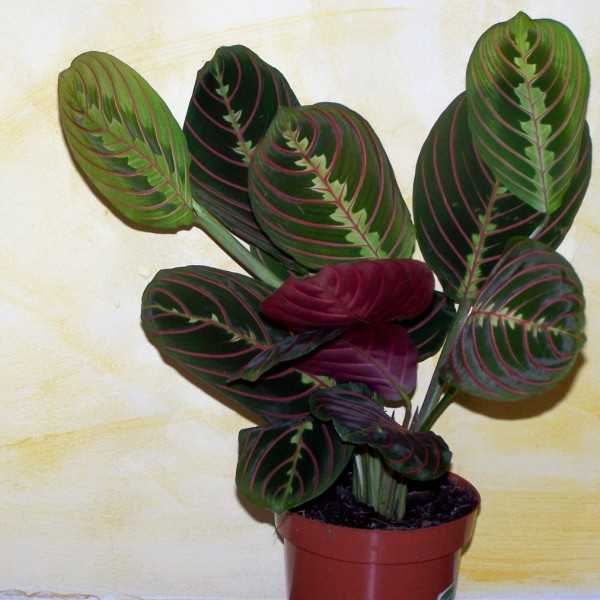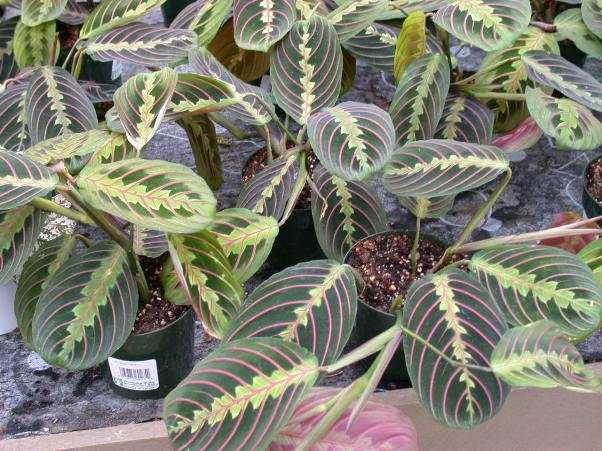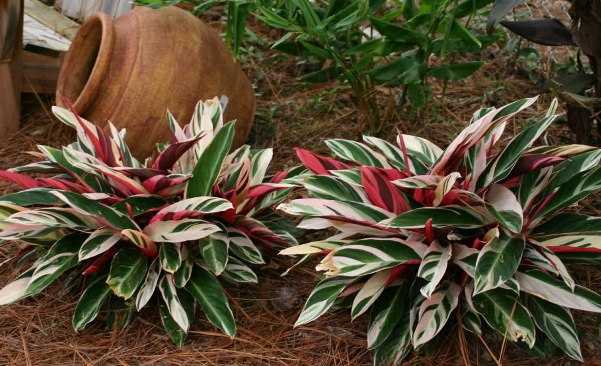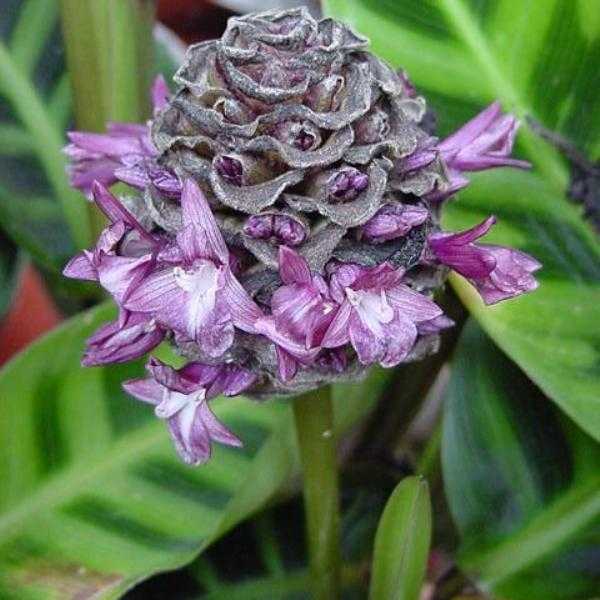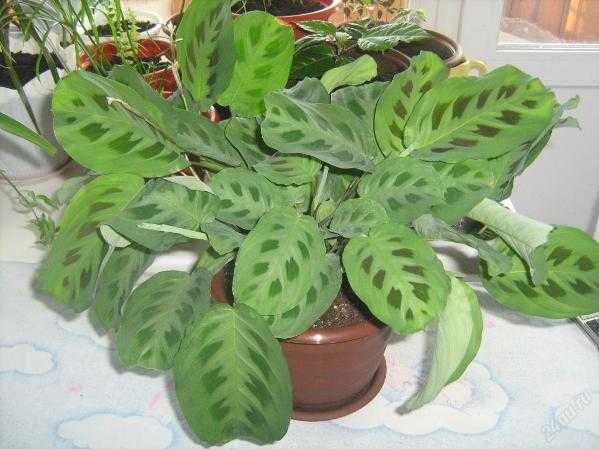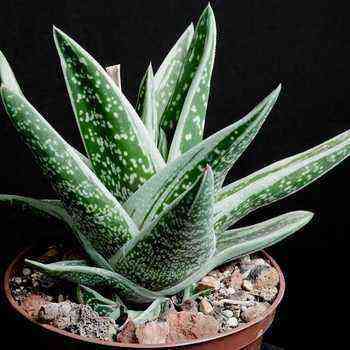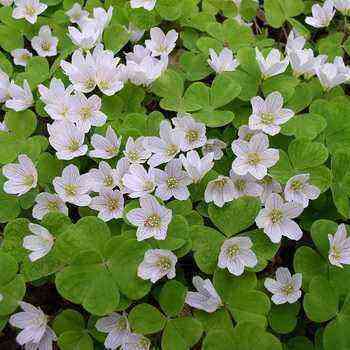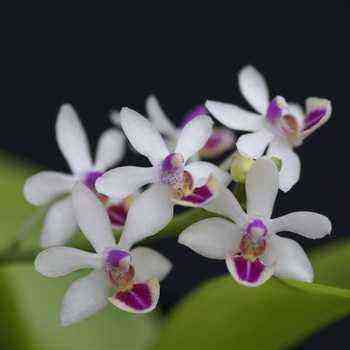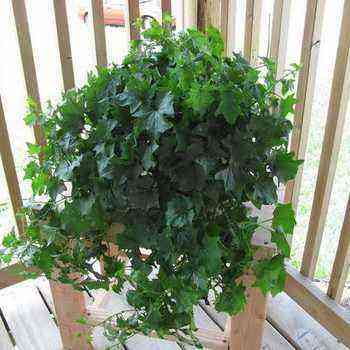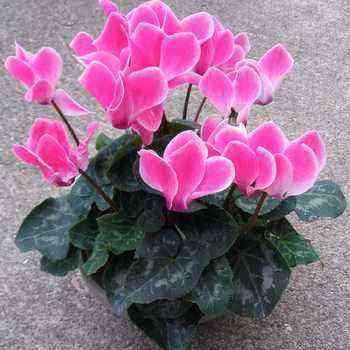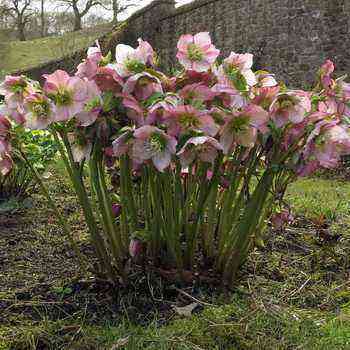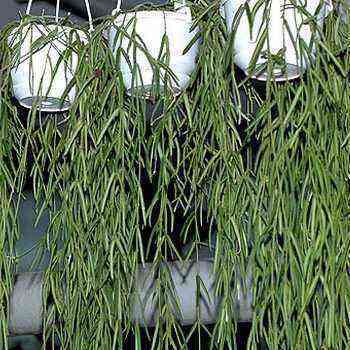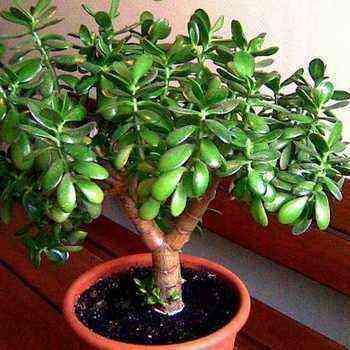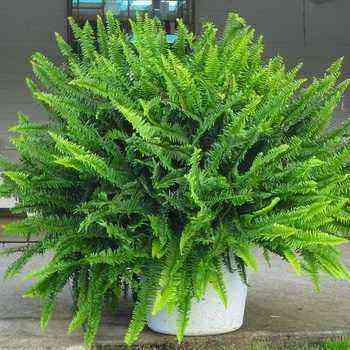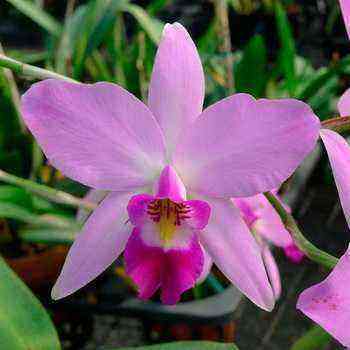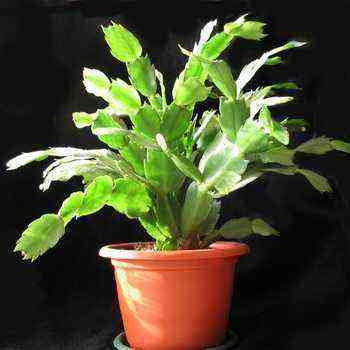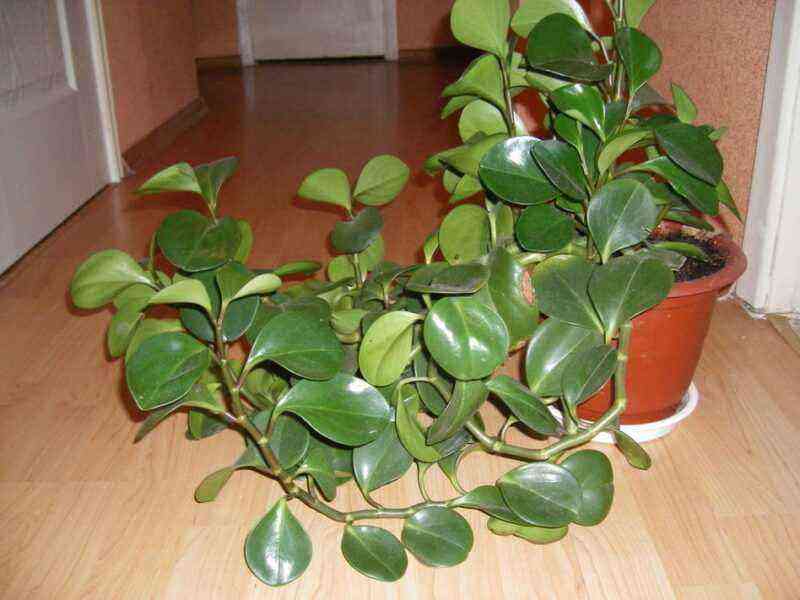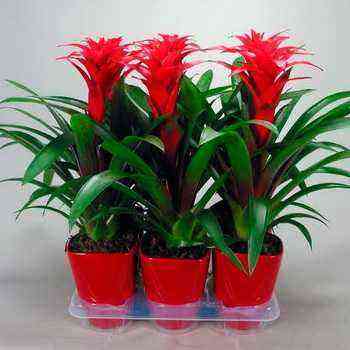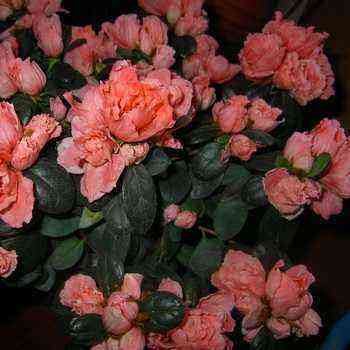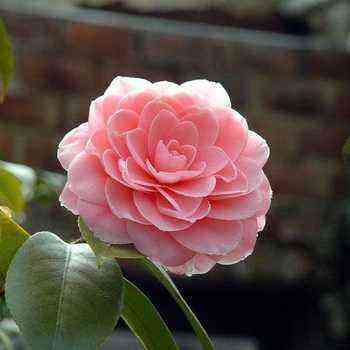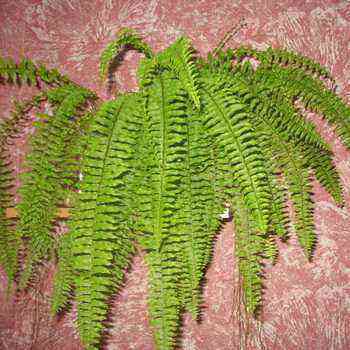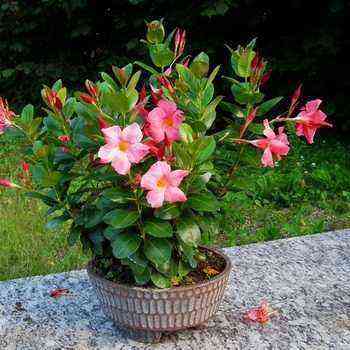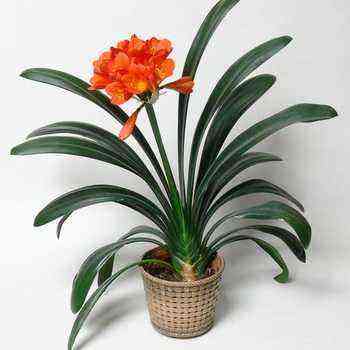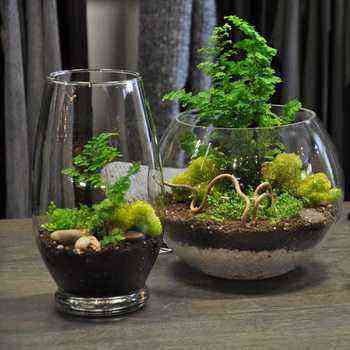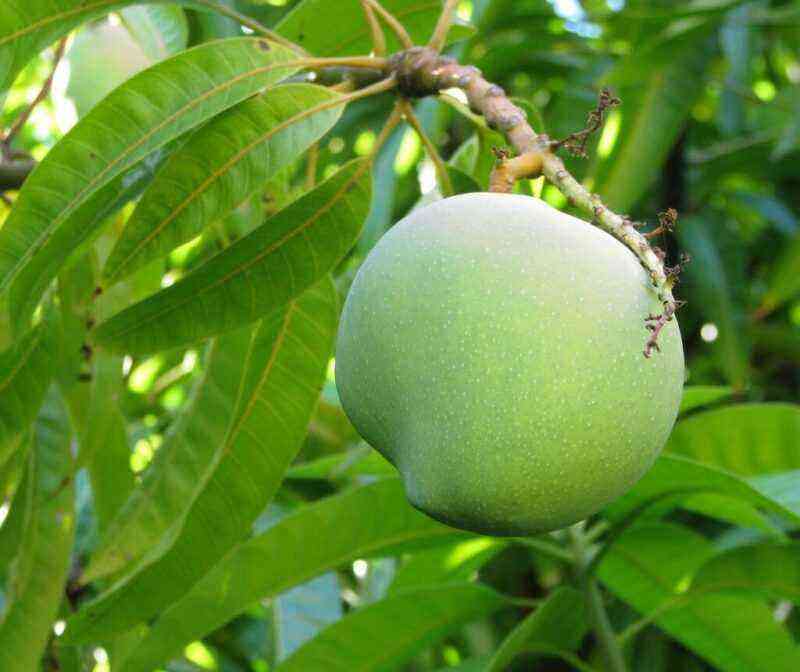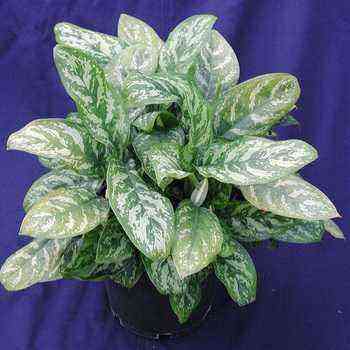Arrowroot is a flowering plant in the arrowroot family, native to tropical Central and South America and the West Indies. Maranta got its name in honor of the 16th century Italian physician and botanist – Bartolomeo Maranta.
Modern botanists recognize the existence of 40-50 species, and they all have rhizomes and the natural form of perennial lumps. Arrowroot flowers at home reproduce well, grow and give abundant flowering over a long period of time.
In 1975, the arrowroot plant made up 3% of the leafy plants in Florida, and over time, the plant only grew (it began to be grown in greenhouses).
95 percent of the arrowroots represent just two varieties produced in the nursery for use as foliage flowers – Maranta leuconeura ‘Kerchoviana’ and M. leuconeura ‘Erythroneura’. Both of these varieties are indigenous to Brazil, their varieties are not swollen at the nodes, and their roots are not tuberous.
Description of the arrowroot prayer plant and its photo
Leaves in the shape of an oval, which have a rich green color (which, by the way, does not leave them throughout the year), are inseparably associated with the base of the stem. The leaves fall during the day and spread only in the evening – hence the second name of the arrowroot flower “prayer plant”. The following is a description of the arrowroot prayer plant and its photo from various angles.
Arrowroot is a terrestrial plant that also blooms vertically. During the dry season, it is likely that the rhizome will begin to dry out first of the flower, and not the foliage (as is most often the case). The stems are very branched. They have basal leaves with highly branched and elongated rod-like internodes and few basal leaves (which may be absent altogether).
Arrowroot flowers have three small and two large petals. Arrowroot flowers are grown at home for decorative purposes, since the plant has a tendency to rapidly build up deciduous mass and actively budding in the early period of its development.
Arrowroot is used to produce edible starch. Some species, such as Maranta leuconeura and Maranta arundinacea, grow like a flower for indoor decoration in a warm environment. Look at the Maratanta prayer plant in the photo, which shows all the charm of this flower for home conditions:
How to care for arrowroot at home
The most preferred place for the flower to grow would be a shady bed or window with bright but indirect light. A window facing east or north will work well. The arrowroot flower at home can grow well in groups of other plants that do not interfere with good lighting. It is necessary to protect it from the hot sun, dry air and drafts, which can cause irreparable harm to it (including the likelihood of getting spots and burns on the surface of the leaves).
The ideal temperature for active vegetative development for arrowroot at home varies from 15 to 28 degrees. In winter, dry air can create many problems for the plant. Caring for arrowroot at home comes down to organizing timely watering. One immutable rule should be observed here. Do not allow the earthen coma to dry out and become waterlogged. How to care for arrowroot so that it gives abundant and long flowering. There are several general rules here. Above all, when planting, provide an optimal drainage layer in the pot. It should be about 5 cm. The second condition is a nutritious soil rich in organic matter. In poor sandy soils, the arrowroot flower at home quickly stretches out and does not give buds.
It is advised to transplant arrowroot in autumn or spring, if you wish, you can plant it in water until it is time for the new shoot to grow. Look at the arrowroot plants in the photo in different vegetative stages of its development:
Reproduction of arrowroot at home
The main method of propagation of arrowroot at home is by cuttings (2-3 leaves) and the path of dividing the root in early spring.
You can also grow a flower from seeds – it is usually advised to sow the seeds at a temperature of 13-18 degrees and keep it during the growing season.
For planting, prepare loamy soil, which should be constantly moist: you can put wet gravel in the pallet. In winter, the amount of watering should be reduced, it is recommended to dry the soil a little. It is necessary to spray with arrowroot.
If you want to get strong leaves of a rich green color, then we strongly recommend that you do not forget about feeding with liquid, diluted fertilizers.
Possible diseases
When growing arrowroot at home, the plant can be subject to various specific diseases. Correct and timely fight against them allows you to grow a great decoration for your home. The main types of arrowroot diseases are described below.
Complete or partial leaf burn
A symptom of complete or partial leaf burn – the leaves turn brown completely, or only at the ends. This is a transitional stage between a healthy and a sick leaf. Avoid – Avoid extremely soluble salts and excessive heat and light intensity. You should not use superphosphate fertilizers, as it supplies fluoride in doses that are toxic to the plant.
Chlorosis
A symptom of chlorosis – young arrowroot leaves grown with high acidity and a large number of nitrogen sources, mainly in the form of nitrate, are very susceptible to chlorosis. This usually occurs as a result of a lack of iron entering the bush. Avoid – Use iron chelate, lower soil pH, and use ammonia nitrogen sources.
Helminthosporium leaf spot
The causative agent of helminthosporium leaf spot is a constant challenge for arrowroot growers who use soil in which the flower is constantly moisturized for a long time. First, tiny rashes appear, which are very small in size – they give the leaves a variegated appearance. In the most severe cases, scattered lesions coalesce and form large, irregularly shaped areas. Infection requires at least six hours of spore germination in high-moisture soil. Many varieties of arrowroot are highly susceptible to this pathogen. How to avoid – Maintain the minimum amount of moisture on the leaves to help reduce the severity of plant disease. This can best be achieved by eliminating air irrigation or watering in the morning, which will ensure that the leaves dry quickly. Plants that are watered in the evening remain moist throughout the night, allowing many fungal spores to germinate and infect.
Root node nematode
Symptoms of the root node of the nematode – most often stunted arrowroots with small leaves are affected. Examination of the roots affected by this disease reveals nodes in the roots, which give it the appearance of a bead. How to avoid – effective tillage can help here.
Types of arrowroot
Currently, two types of arrowroot are mainly used for growing at home. It is a prayer plant known by its botanical name as tricolor maranata. This species may also be marketed under the name arrowroot tricolor. This species has several varieties and types of flower buds. The second type is two-color arrowroot, which is distinguished by the richness of colors and the splendor of decorative properties. Below are photos of arrowroot flowers of various types and a brief description of each variety.
Arrowroot tricolor (prayer plant)
Arrowroot tricolor is a variety of flowering plants in the Marantov family, native to the rainforests of Brazil. It is a variable, perennial plant that can be up to 30 centimeters in height and width. Evergreen leaves in the form of an oval, 12 centimeters in length. They have a habit of lying down during the day, and are upright in the evening and at night – hence the common name “prayer plant”.
The specific epithet leuconeura means “white mold”, referring to leaves.
Arrowroot tricolor is well known as a houseplant in temperate regions requiring a minimum temperature level of 15 degrees Celsius. In hot climates, it can be grown as a ground cover in damp and shady locations.
Erythroneura cultivar bush of deep red color with a bright middle, lower and lateral vein. Leaves can be light green-yellow or greenish-black. The flowers of this variety are purple with a pattern.
Kerchoviana cultivar Is a sprawling plant that grows and forms a clump when it ripens. The individual stems are very vine-like in appearance and usually grow along various walls and surfaces. Since the stems have no antennae and therefore they do not climb on a vertical surface. The leaves are almost oval in shape, seven centimeters long, including the petioles, and three centimeters wide. The petiole is about one third of the length of the leaf blade. The upper surface of the foliage is variegated and satiny – usually in two rows with five dark green leaves. The bushes sometimes produce prominent, mostly white flowers.
Arrowroot two-color
Arrowroot bicolor is a rather rare plant that sometimes appears in the trade. The bush lacks tuber-shaped roots, but does not have swollen stems at the nodes. The leaves do not differ in size, shape and have a dark green color with light green blotches at the top between the central vein and the margin. The underside of the leaves is purple in color.
Arrowroot gibba
Arrowroot gibba is a plant species native to Mexico (Campeche, Chiapas, Jalisco State, Morelos, Oaxaca, Quintana State, Puebla, San Luis Potosi, Veracruz, Yucatan), Central America, northern South America (Brazil, Peru, Colombia, Venezuela, Guyana, French Guiana, Suriname) and the island of Trinidad. For some time he naturalized in the Lesser Antilles.
The flower has ovoid leaves. The flowers are in the form of a panicle.
Arrowroot reed
Arrowroot grows in tropical regions. It is cultivated to obtain starch obtained from the rhizome. Some doctors use the flower as an important medicine.
It is a 60 cm long perennial plant with small, white flowers and currant-sized fruits. The rhizomes are dug up when the plant reaches one year of age, or when it grows over 30 centimeters in length and 19 mm in diameter. They are yellowish white, segmented and covered with loose scales.
Arrowroot is widely cultivated in many tropical countries and is considered a natural species in Jamaica, the Bahamas, Bermuda, the Netherlands Antalya Islands, India, Sri Lanka, China, Mauritius, Equatorial Guinea, Gabon, Florida, Cambodia, Indonesia and the Philippines.

